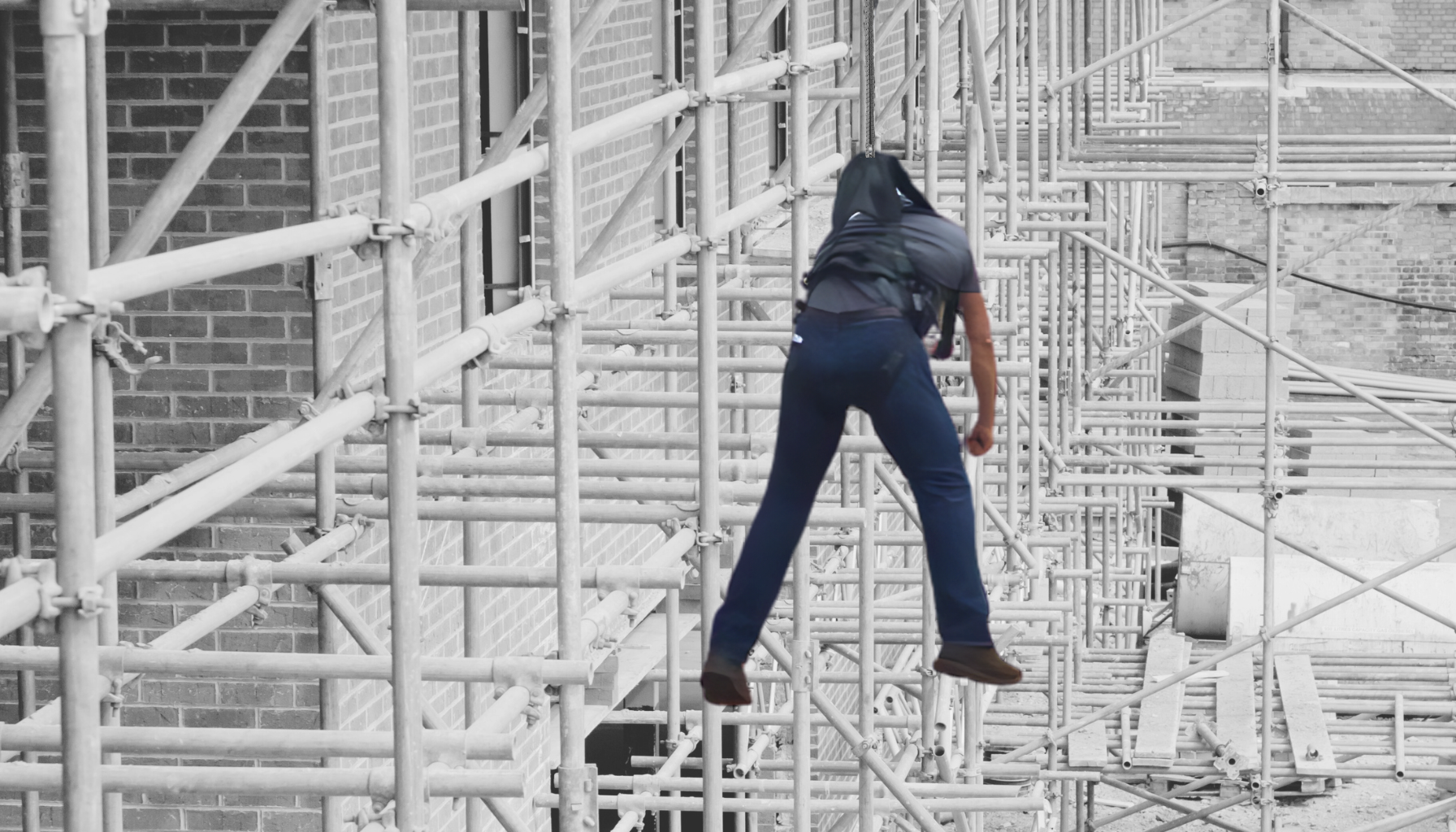What is Suspension Trauma?
Imagine being caught in your harness, dangling mid-air after a fall. The safety gear you trust has done its job, but now you’re hanging there, waiting for rescue. As time ticks by, you start feeling light-headed, maybe even faint. This isn't just the shock of the fall—what you’re experiencing could be suspension trauma.
Suspension trauma, also known as orthostatic intolerance or harness hang syndrome, occurs when a person is suspended in a fall protection harness for too long. Blood pools in the legs, and the heart struggles to pump it back to the rest of the body. Without prompt intervention, this can lead to unconsciousness, organ damage, or even death.
The Risk is Real
It’s easy to think, “I’m wearing a harness, so I’m safe.” And while that’s true in terms of fall prevention, suspension trauma is an often-overlooked hazard. For many, the first time they learn about suspension trauma is after an incident or during a rescue operation. Understanding the risks ahead of time is crucial.
Why Does Suspension Trauma Happen?
When you're hanging in a harness, the straps can cut into your thighs, restricting blood flow. Blood begins to pool in the legs because the harness prevents it from circulating properly. Over time, this can cause blood pressure to drop and lead to a decrease in oxygen supply to vital organs.
It's not just the physical restriction that causes problems. The body isn’t designed to be vertical for long periods without movement. In a standing position, muscles contract and help pump blood back to the heart. But when you're immobile in a harness, the blood flow is restricted, leading to the potential for suspension trauma.
Recognizing the Signs
Early recognition of suspension trauma is key to preventing serious injury or death. Some symptoms to watch for include:
- Light-headedness or dizziness
- Nausea
- Sweating
- Shortness of breath
- Fainting or loss of consciousness
It's important to note that these symptoms can set in within just a few minutes of being suspended. If you're working at heights, it's essential to know these signs and act quickly if they appear.
Immediate Response: What to Do if Suspension Trauma Occurs
If someone is suspended in a harness and showing signs of suspension trauma, immediate action is critical:
-
Call for Help: Ensure that emergency services are alerted right away. Time is of the essence.
-
Rescue Quickly: Use rescue plans and equipment to get the individual down safely as soon as possible. Speed is critical to avoid long-term damage.
-
Post-Rescue Care: After the person is on the ground, do not let them lie flat immediately, as this can cause a sudden rush of blood to the heart, potentially leading to cardiac arrest. Instead, keep them sitting or in a semi-sitting position, and monitor them until medical help arrives.
Prevention: The Best Defense
Preventing suspension trauma starts with proper planning and training. Here are a few tips:
-
Rescue Plans: Always have a rescue plan in place before beginning work at height. Ensure everyone on the job site is familiar with it and knows their role in the event of an emergency.
-
Training: Workers should be trained not only in fall prevention but also in the risks of suspension trauma and how to respond if it occurs.
-
Equipment Check: Ensure that your harness and fall protection equipment fit correctly and are in good condition. Poorly fitting harnesses can increase the risk of suspension trauma.
-
Limit Suspension Time: If you find yourself in a fall arrest situation, try to move your legs and change position to encourage blood flow. Rescue should be initiated immediately to limit the time spent suspended.
Suspension trauma is a serious, life-threatening condition that can occur in a matter of minutes. While wearing a harness is essential for fall protection, it's equally important to understand the risks associated with being suspended in one. Proper training, awareness, and quick response are crucial in preventing and responding to suspension trauma. Safety isn’t just about preventing the fall—it’s about what happens after the fall as well. Be prepared, stay vigilant, and ensure that your team is ready to respond to any situation that arises.
Stay safe from suspension trauma with our top gear. Discover trauma straps, harnesses, and more to ensure proper blood flow and reduce fatigue in case of a fall. Equip yourself now: Suspension Trauma Safety Gear.















